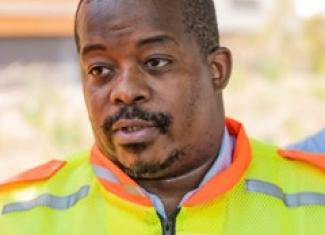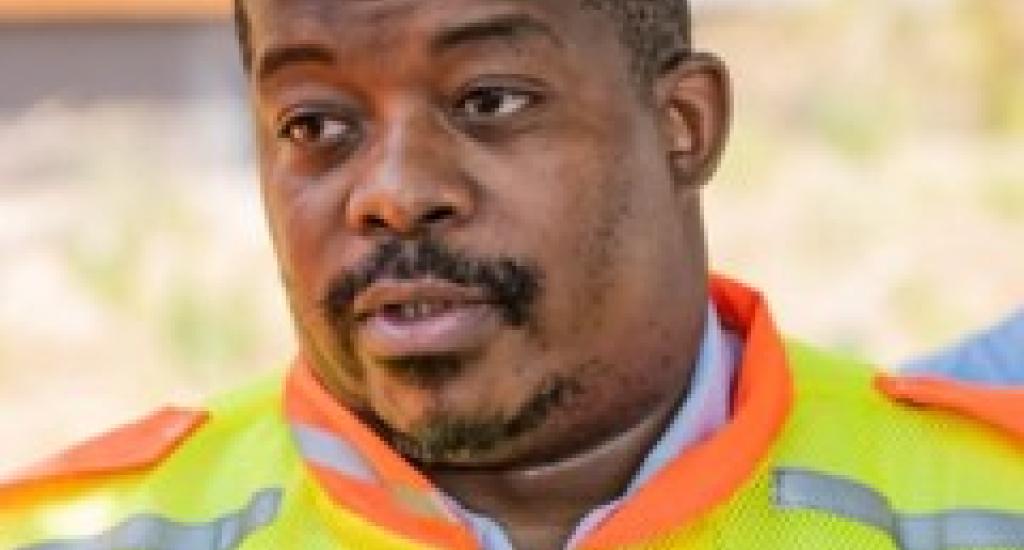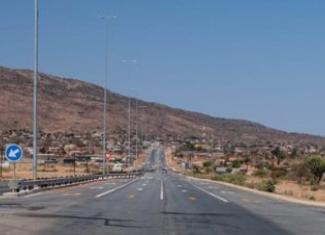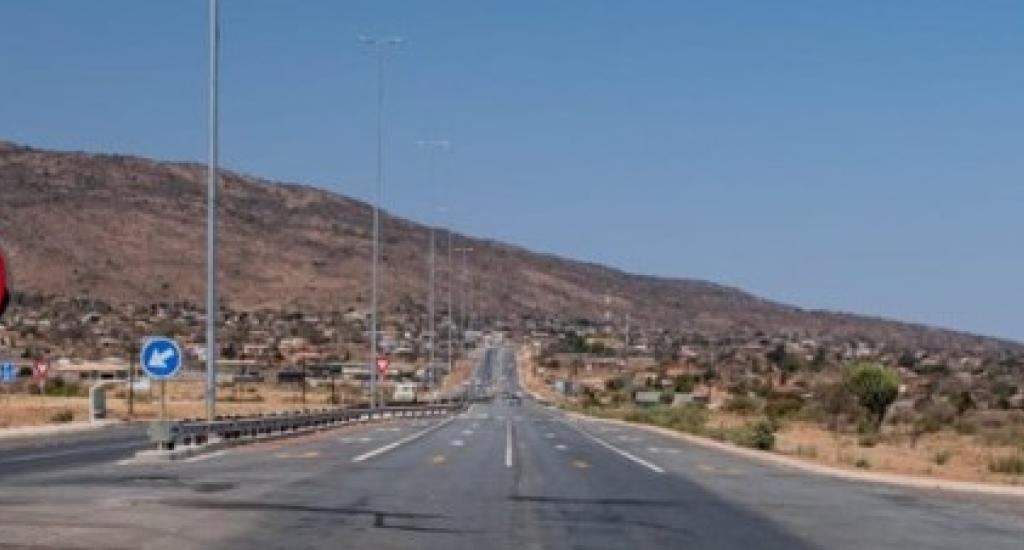Sanral’s R37 road upgrade eases traffic congestion in Burgersfort while creating jobs
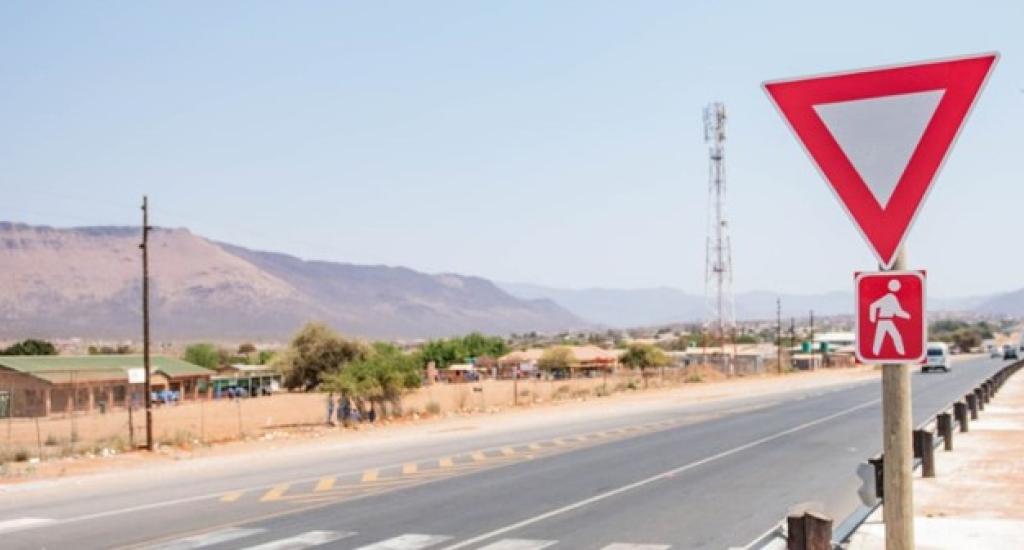
The South African Road Agency Limited’s (SANRAL) quest to maintain and improve the country’s roads while benefiting locals is evident in the recently completed 25-kilometre (km) resurfacing project of the R37 in Burgersfort, Limpopo.
The recently concluded R780 million project, which started in February 2021 and concluded in April 2024, was between the R555 intersection and K117.
Enveloped in the sprawling minerals-rich mountains in the Fetakgomo Tubatse Local Municipality in the Sekhukhune District, the project has allowed traffic in the area to ease since its completion in April.
The scope of work included major roadworks and drainage structures, lighting construction on community access roads (sidewalks and bus shelters), widening of lanes, provision for overhead lighting, and reconstruction and widening of one bridge to accommodate four lane traffic.
The project transformed the previously narrow road, expanding it from one lane on each direction to an impressive two lanes on each direction.
It included the mammoth task of widening of the 120-metre Steelport Bridge as well as the addition of various major culverts along the road.
“It took us quite a while to complete the bridge, it was one of the major activities on the project,” said the Project Manager Lethu Dlanjwa during a recent media tour of the project.
Over its 33-month construction period, the project created 424 employment opportunities. During this period, 26 small, medium and micro enterprises (SMMEs) benefitted to the tune of R160 million.
The upgrading of the road is aimed at addressing increasing traffic volumes and enhancing road safety concerns while also improving connectivity between the town and the province’s capital of Polokwane.
The project is part of the 18 SANRAL-led rehabilitation projects in the Sekhukhune District Municipality.
“We lengthened the stormwater and provided public transport facilities such as roundabouts for the facilitation of the traffic,” explained Dlanjwa.
While the initiative also included community projects, these were limited due to the financial challenges SANRAL encountered over the three years.
Plans are afoot for a further three phases of the 304-km road in the near future.
“Those three phases are still in design. I am currently also responsible for the next phase, 50 km going towards Polokwane – to almost just beyond the Oliphants Bridge past the Apel intersection. That phase is currently under design,” he said.
In May 2024, SANRAL invited tenders for the provision of consulting engineering services for the resurfacing on the road from the km 26.70 to the km 59.70 peg.
Empowering local communities
At the time, the national roads agency said this part of the project is located in Mpumalanga, in the local municipality of Thaba Chweu. This element of the procurement process is the approximate programme for design and construction documentation to be completed by July 2025, followed by 15 months of supervision (including a three-month mobilisation period), commencing November 2025.
“As you can see, there is quite a lot of traffic here but we did try to minimise the stop-and-goes. We did not have a lot. We actually received compliments from the taxi guys for that... we never had issues on their side,” Dlanjwa added.
The project was not without any challenges, with local business forums demanding to benefit from it. However, thanks to effective interventions, SANRAL managed to swiftly address these challenges.
“We did have guys who were demanding work opportunities, we explained that at SANRAL we have processes that we have to adhere to – how we engage and how we source services and procure from SMMEs,” he said.
With each project, SANRAL establishes a project liaison committee (PLC) in an effort to create a platform for project communication, works execution, sub-contracting, procurement, participation with a memorandum of understanding partners, material supply and employment facilitation.
“We did award tenders for the local SMMEs through the PLC.
There was also a community liaison officer (CLO) who was appointed to help us source local SMMEs, and [with the] appointment of labourers,” he emphasised.
This, he added, was one of the legacies of the project.
“We were here for three years and people were able to benefit. From a business point of view, the road is more drivable. There have been businesses that we [have] since seen being established during this time. That is part of the reason why we come and build these roads, we hope to come in and build the local economy” .
Road safety
With the project concluded, SANRAL will be launching community awareness programmes to educate the public, especially pedestrians, on road usage.
Dlanjwa pleaded with motorists to adhere to road rules, emphasising that the stretch is designated as a 60km/h speed zone.
“In future, should further road safety measures be required, these would be considered and implemented in the area,” he concluded.



